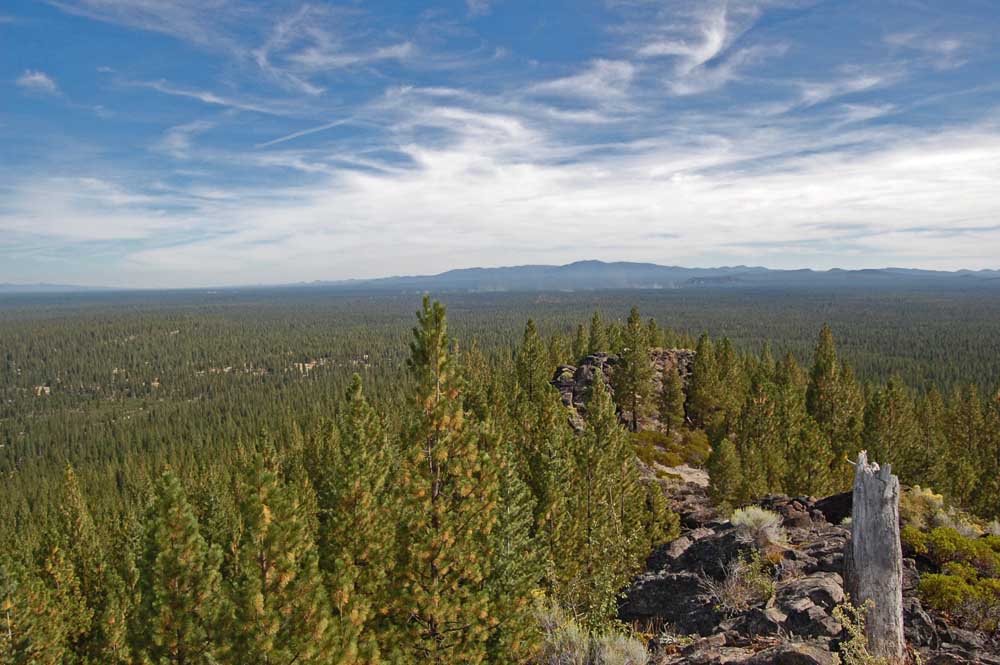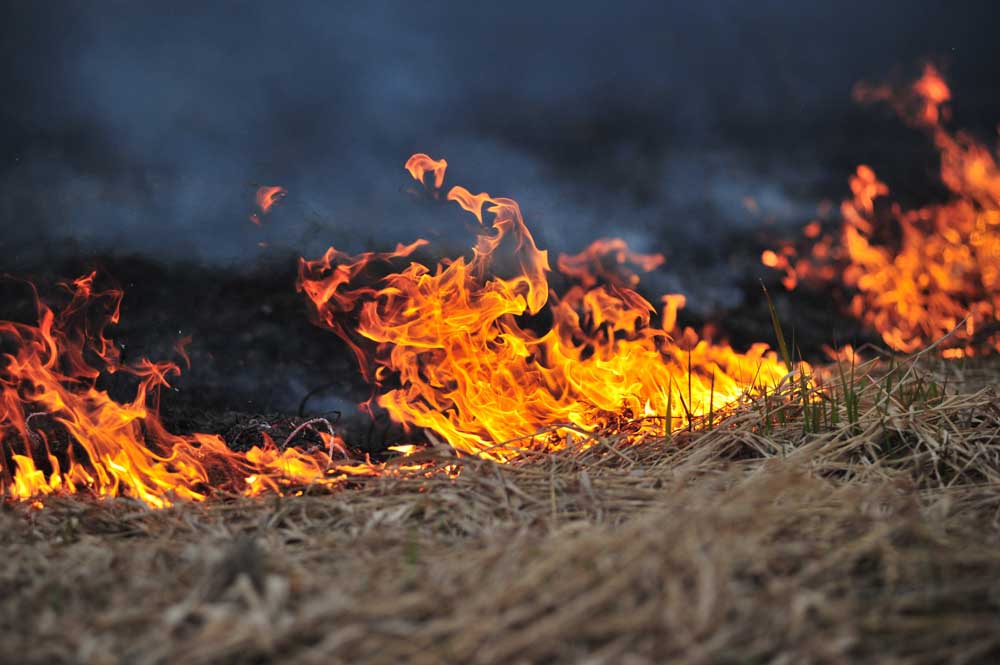Gilchrist State Forest to grow
Published 12:00 am Thursday, March 6, 2014

- Photo courtesy of Oregon Department of ForestryThe state Board of Forestry agreed today to purchase an additional 28,800 acres for the Gilchrist State Forest, south of La Pine.
With the Oregon Board of Forestry giving its blessing Wednesday, the state may now start buying land to add to the Gilchrist State Forest south of La Pine.
The Oregon Department of Forestry plans to buy an additional 28,800 acres for the forest, using $10 million in bonds and money from the federal Forest Legacy Program, according to a new release from the Forestry Department. The state plans to purchase the property incrementally over the next two years, according to the release, with the first purchases possibly being made next month.
With the new land, the Gilchrist State Forest will be about 72,200 acres total, the release stated, and stretch eastward from U.S. Highway 97 in northern Klamath County, touching state Highway 31 about 10 miles south of La Pine.
The forest gets its name from the family who bought 60,000 acres of ponderosa pine in northern Klamath County and built a sawmill and a company town in 1938 to house its workers, according to The Bulletin’s archives and the book “Oregon Geographic Names.”
In 1991, the Gilchrist family sold the timber holdings to Crown Pacific, which filed bankruptcy in 2003 and eventually went out of business. Fidelity National Timber Resources Inc. bought the Gilchrist tract in 2006.
Concerned the land would be broken up and developed, the state bought about 43,400 acres starting in 2010, using Oregon Lottery-backed bonds. It was the first new state forest in nearly 70 years, the Forestry Department said.
The Conservation Fund, a national nonprofit, bought adjacent land, which eventually totaled 28,800 acres, and agreed to hold it until the state could make the purchase.
The forest, once considered a model of private management under Gilchrist family ownership, fell into rough shape, according to an ODF report. Loggers cut timber on virtually every acre in the 1990s, according to the report.
With the land under state ownership, the Forestry Department argued, it can be managed to preserve habitat for deer and other species, generate revenue from logging and thinning, as well as provide hunting, off-road riding and other recreational activities.








